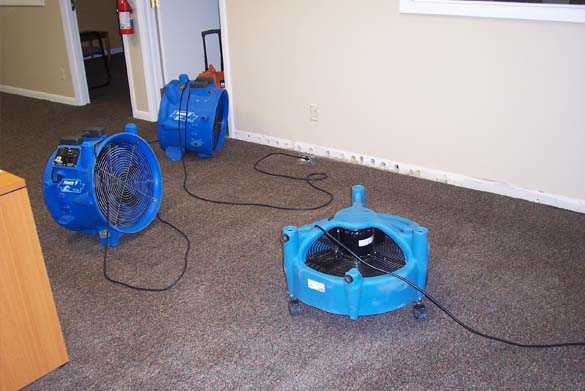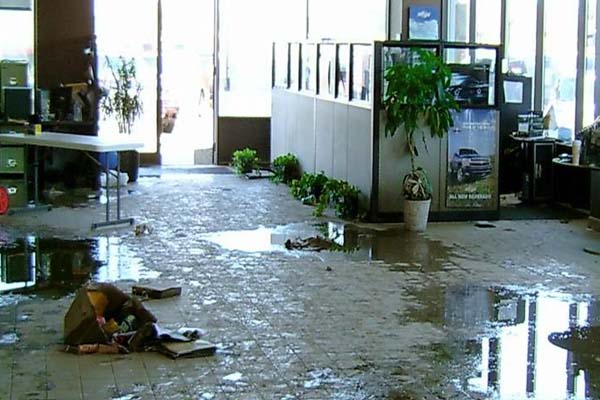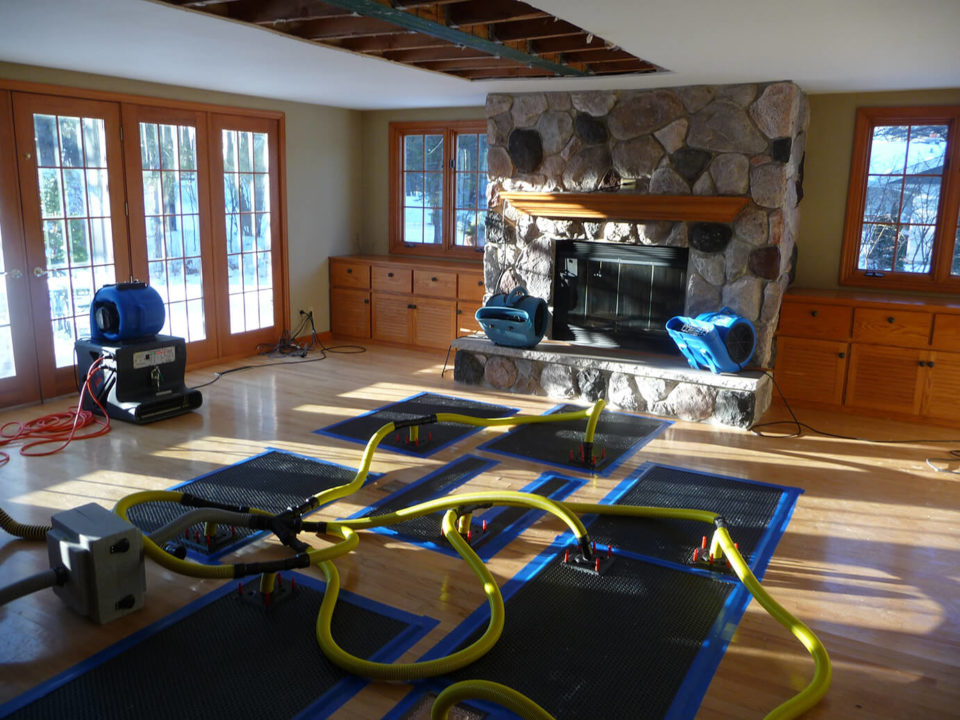Common Water Damage Restoration Situations in Mid-City

What does Water Damage look like? in Lawndale
January 30, 2021
CANISTER I FIX A WATER DAMAGE SCENARIO BY MYSELF? in Westwood
February 8, 2021At times it will help to get an imaginary scenario to properly grasp the thinking involved and also the procedure which follows water damage. Below are a few common cases that Water Damage Restoration in Mid-City specialists undergo and what efforts they take to resolve the water damage and to practice adequate security habits to prevent water damage as well.
Example 1: A Hot Water Tank Bursts in an Industrial Complex
When hot water tank’s age, they have a propensity to burst. With this case, we will assume that the water damaged happened in a building occupied by a woodworking business. The area is steel-framed and has a concrete floor which isn’t so porous. The warm water tank has ejected 200 gallons of water in a particular area.
Here would be the steps Which Were followed by employees in this water damage scenario:
The workers studied the building for unconnected safety exposure, such as electrical appliances and wires. The energy supply to anything which may be at risk was cut off.
They traced down the water shutoff valve and stop the stream of water. A plumber was called in to remove the defective hot water tank and change it.
They inspected the drain to ensure it was not congestion that resulted in the water to get from the shop.
Any substance that was moist from the water damage, such as the sawdust, was withdrawn for disposal or to be dried from the store.
Any water left over from the water damage the ground was mopped up or sponged.
All doors and windows were opening to permit for adequate ventilation.
Two air movers are used to dry the ground.
A little dehumidifier that eradicates 14 pints or moisture each 24 hours, helps to keep the moisture down levels.
The protective apparatus utilized for this Water Damage Restoration in Mid-City are gloves and gloves.
Example 2: A Sump-Pump Fails in a Commercial Restaurant
This water damage scenario could be categorized in class 2, also in courses 2. It’s usual for restaurants to have drainage in basements and crawl spaces. They often have sump-pumps installed since they must remove so much dirt, oil and organic waste. It enters the drainage system then gets pumped into the sewage system. In this case, the sump-pump stopped being operational but wasn’t discovered for several days. By this time, six inches of water had gathered on the crawl area, and mould was already starting to develop and cause further water damage. Here are the steps followed in this scenario:
The workers analyzed the region for any probable dangers, such as electric wires. As it’s a crawl space, they also accounted for items which may be a hazard overhead. They also ensure they had sufficient access and appropriate lighting.
They cut off some additional sources of water which may raise the flood.
Anything which led outdoors was starting to allow for increased ventilation.
They used 2 cellular air movers to wash the region. This helped removed nearly all of the water.
As it had been a tiny area, they just used a reduced capability dehumidifier but also one that could discover the task done quickly. As it was a restaurant, they could not reopen their doors until the problem was repaired. In instances such as this, they employed a single which eliminated 150 pints of moisture per 24 hours.
An air scrubber has been used to improve mold and mold.
After drying outside the affected region and dehumidifying the area, they executed an antifungal agent to all surfaces.
The employees wore gloves, boots and coveralls. In addition, they used eye protection and respirators with filters to protect against airborne pathogens.
Most typical mistakes during water damage scenarios in Mid-City



